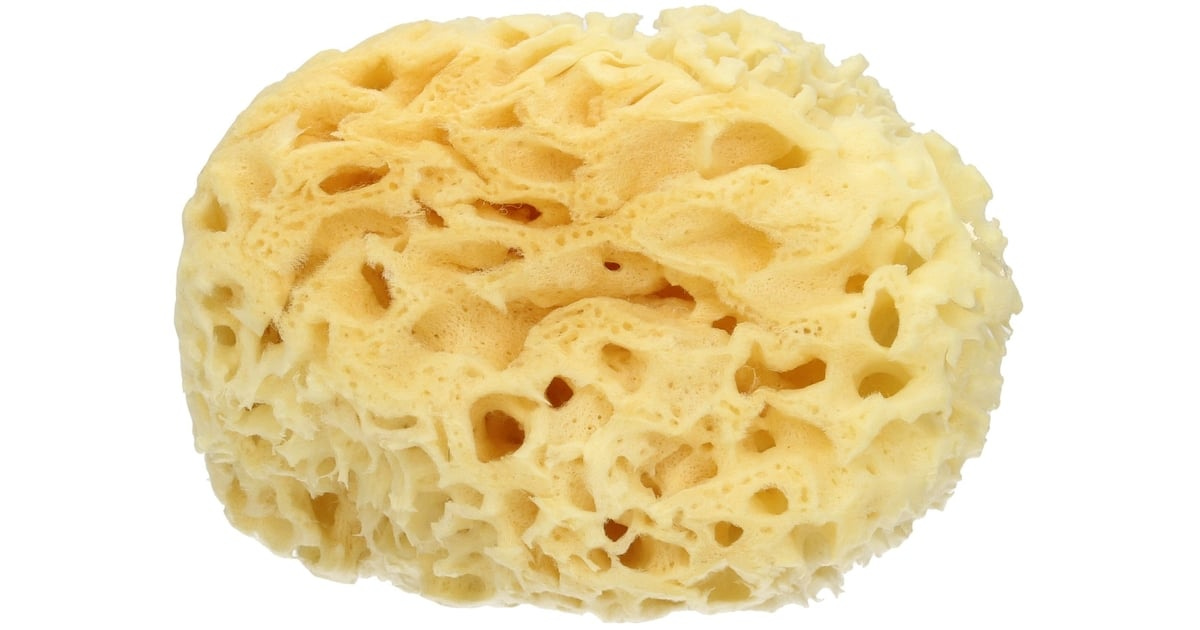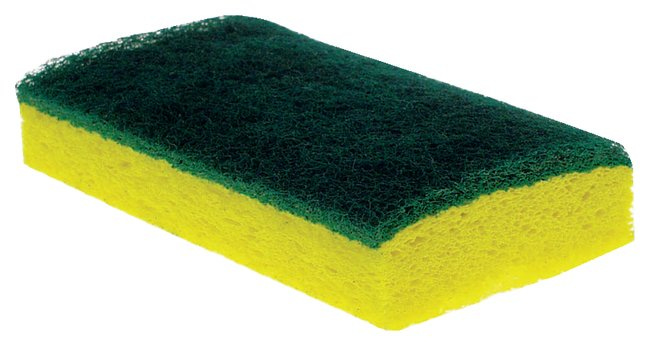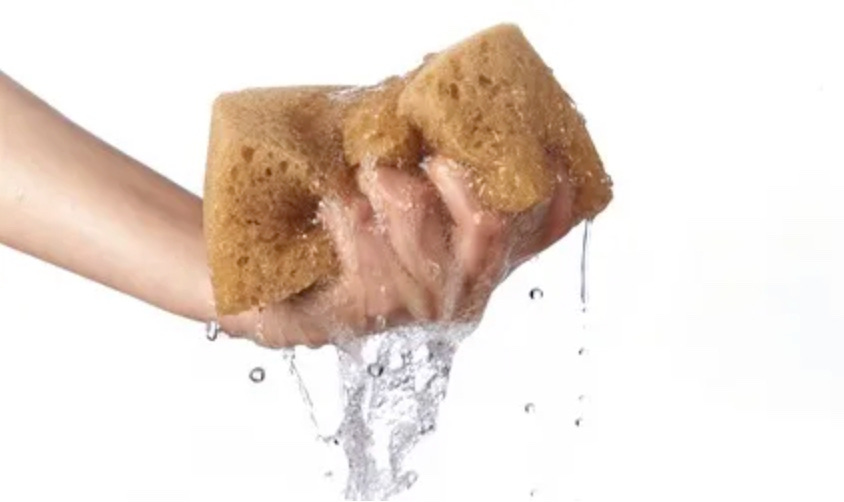Pop quiz: What do Dame Patricia Bergquist (d. 2009) and James Scott Bowerbank (d. 1878) have in common?
Give up?
Why, of course, they are two of the most well-regarded spongologists in human history. Duh.
Nobody has advanced our knowledge of the sponge quite like Dame Patty and JSB. I haven’t fully absorbed everything they’ve accomplished but that’s beside the point.
Sponges are interesting.
Here’s a for instance: You know how all living organisms descended from one common ancestor? Well sponges were the very first species to branch off from that evolutionary path.
See, I told you they were interesting.
There are believed to be up to 10,000 varieties of sponges in the world, none of which matter to what I’m about to say, I just wanted to give you some small talk trivia tips for your next zoom cocktail party.
You’re welcome.
But enough about sponge history, there are actually very specific spongal traits that I want to discuss.
This is actually gonna mean something to you, so stick with me.
How The Sponge Works
Sponges are about 66% air. That fact is key to their very existence.
When a sponge encounters a liquid, the air pockets get filled up and the rest of the sponge holds the liquid in place. The entire job of a sponge is to absorb and retain stuff. Sponges are so good at their job that most of the liquid, once absorbed, isn’t released until it is pushed out.
If you have washed dishes or a car or, you know, anything ever, you probably have figured all of this out already. But hang on, it gets better.
When we think of a sponge we envision the synthetic kitchen sponge originally created by DuPont in the 1940s. Prior to that invention, humans had to rely on nature (oh the horror).
The aquatic animal that is called a sponge is the very reason an artificial sponge was invented. The sponge is a live animal, except it doesn’t have any lungs, guts, a nervous system or brains <insert joke about your least favorite colleague here>.
By the mid-20th century, humans had fished the sponge population to near extinction, as we tend to do.
The Good and Bad in a Sponge
As you no doubt learned through Newton's Third Law of Leadership, every force has an equal and opposite force. Wherever there is good, there is also bad. This applies to the simple sponge as well.
A sponge, as we said above, doesn’t have a brain. It doesn’t rationalize what it’s doing. It’s the sea animal equivalent of Winnie-the-Pooh: It just is, and it simply does.
So when a sponge encounters a liquid, it does not differentiate between the soaking up of clean, clear water from the absorption of bacteria and vile bile. It will take in everything it encounters and stores it all in its body.
As I mentioned above, sponges don’t have lungs. They can’t expel the bad bacteria. If left on its own with such corrosive stuff in its system, the sponge will rot and die. It needs the disease-laden detritus to be pushed out.
This is why live sponges survive in clean water environments. In fact, the very existence of long-lasting sponges is an indication that the water is clean.
Here’s Where It Comes Back To You
Your company culture is the sponge.
Like the sponge, your culture is a living thing that absorbs all that occurs. It mixes up all of these encounters to mold itself into the amorphous culture of the organization.
The sponge of company culture absorbs all the good things that happen to the employees but it also absorbs the bad - the conflict, the toxicity, the frustration, and the lack of teamwork.
As with any kitchen, everything is better when you keep a sponge clean. That toxicity, frustration, and general bad juju will cause the sponge of company culture to rot. If not addressed, it will cause serious problems.
How do you keep the company sponge clean? It’s simple: you squeeze it. And you squeeze it often.
When you squeeze a sponge you clear the air pockets from contamination. You cleanse the culture.
What does it mean to squeeze the sponge at work?
Squeezing the sponge means checking in with others when there is tension or friction. It means being vulnerable and keeping an open mind in conversations.
Squeezing the sponge means approaching somebody who is frustrated and trying to help them through it. It means asking for others’ opinions and seriously considering their thoughts. It means hearing other people’s input with empathy.
After challenging conversations at work, squeeze the sponge.
After company events, squeeze the sponge and ask people what they liked and what they didn’t.
Anytime a recap or follow-through is needed, squeeze that sponge. Keep your company culture healthy and clean.
Now excuse me. While your squeezing your corporate sponge, I’ve got to study. Only 136 credits to go for my spongology degree.
*Thanks to the ever-impressive Dave McGillivray for the concept around squeezing the sponge. He may not remember saying it, but I’m listening and taking notes.
Quote
“Be like a sponge when it comes to each new experience. If you want to be able to express it well, you must first be able to absorb it well."
- Jim Rohn
Tidbits
Loyalty. This is a wonderful article on the bad side of loyalty. (stay true)
Watch. This is so brilliant and simple. (guide me)
Peel. Orange peel crafting is real. And it’s wonderful. (juicy)
Another Useless Website. I don’t know how this is created but it’s pretty cool and utterly pointless (dive in)
This Week’s Book Review
The Code Breaker
by Walter Isaacson
My rating: 9 of 10
For fans of: science, biology and/or anything ever written by Walter Isaacson
I’m a fan of Walter Isaacson’s biographies. This is the third or fourth I’ve read of his and I put him up there with one of the world’s best biographers. He has a unique talent to bring out the mystery, emotion, frustrations, and joys through life’s journey.
This book is equal parts biography, mystery, suspense, and feel-good story. It’s the story of CRISPR in which the hero… read more








